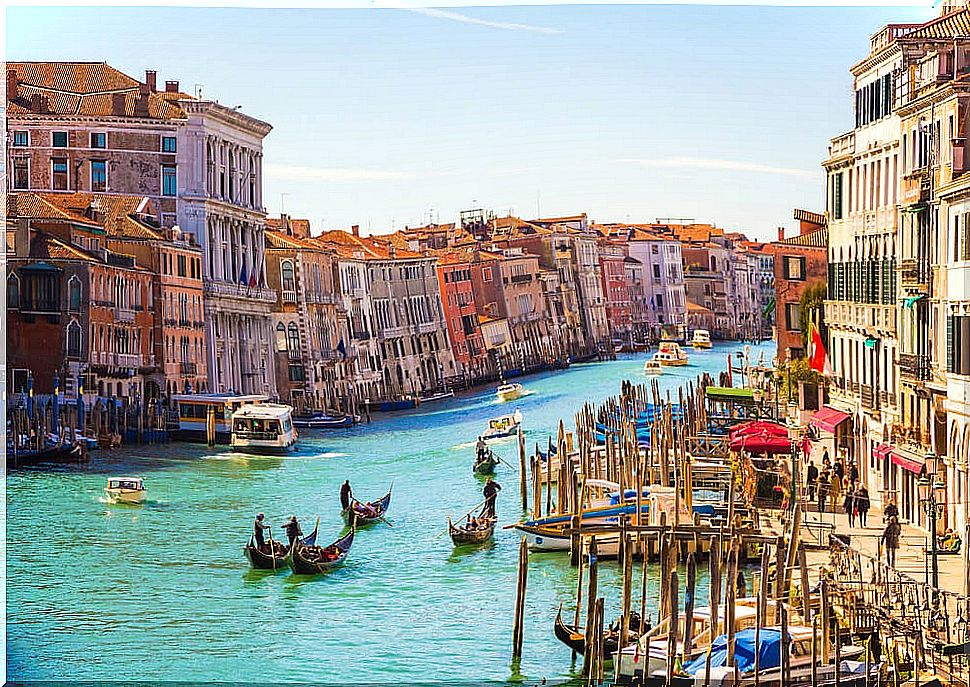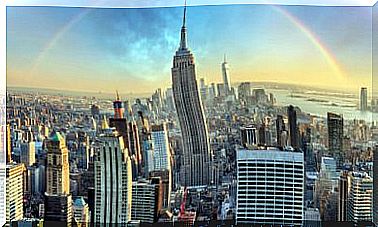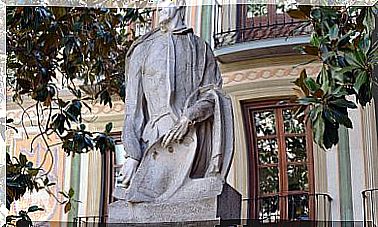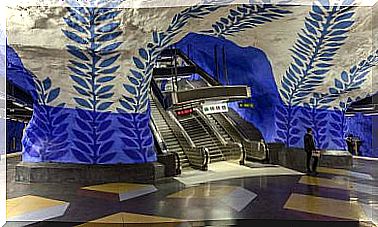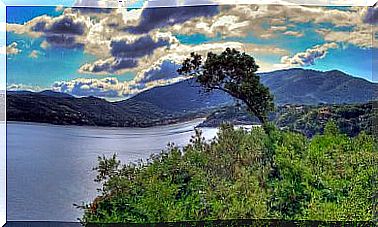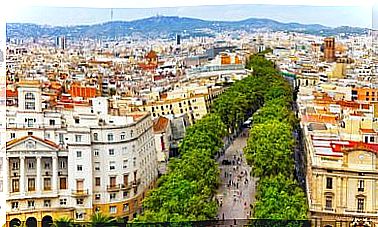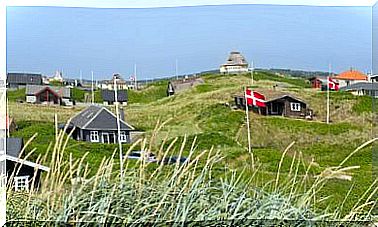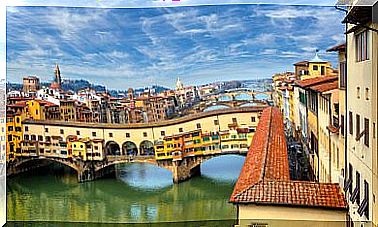San Giorgio, A Wonderful Venetian Island
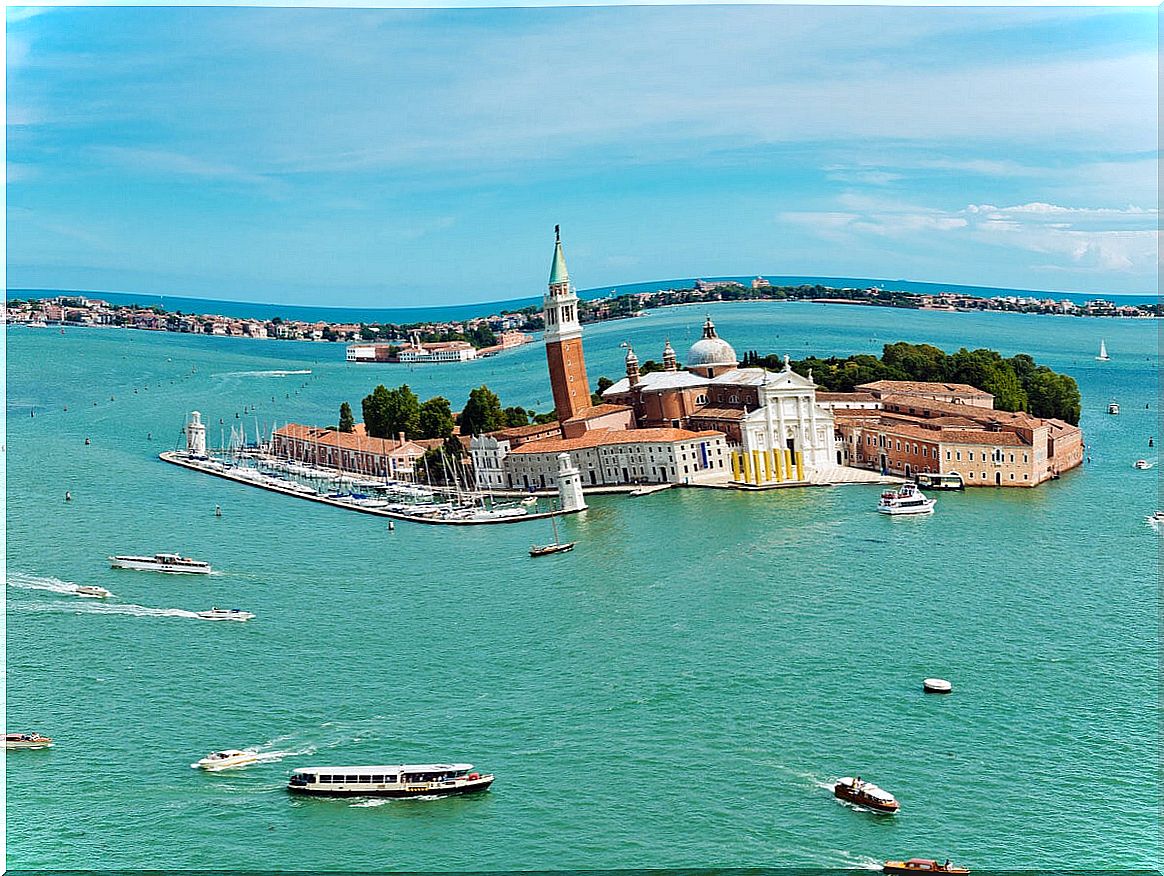
What will Venice have, that everyone falls in love with? This picturesque Italian city welcomes endless surprises along its alleys and canals, its islands and squares and its abundant temples dotted throughout its historic center.
San Giorgio is one of those islands that is worth discovering in depth, not only because of its physiognomic beauty, but also because of the long history that its small area has treasured since Roman times. Would you like to cross the Canale della Giudecca and get lost in its narrow streets to discover the wonders it holds for you?
Venice, the most picturesque of Vecchia Italia
Who hasn’t been surprised by how picturesque Venice is? This Italian city is perhaps one of those that most attracts the attention of travelers and tourists due to its extremely complicated physiognomy and its complex urban layout.
Venice is a city located in the northeast of Italy; It is also the capital of the Venetian region and the province of Venice. Its historic center, declared a World Heritage Site by UNESCO, is located on a group of islands in the Venetian Lagoon, in the north of the Adriatic Sea.
The city is built on an archipelago of 118 small islands, including Murano, Burano and Torcello, almost all of them linked together by 455 bridges; It includes 6 districts on the mainland where the majority of the population lives. Some 60,000 inhabitants live in the center of the island and another 200,000 do so on the mainland.
Its canals make up a large network of streets that start from the Grand Canal. This is a great road through which a multitude of boats, large and small, pass; the best known are the gondolas.
A promenade to San Giorgio
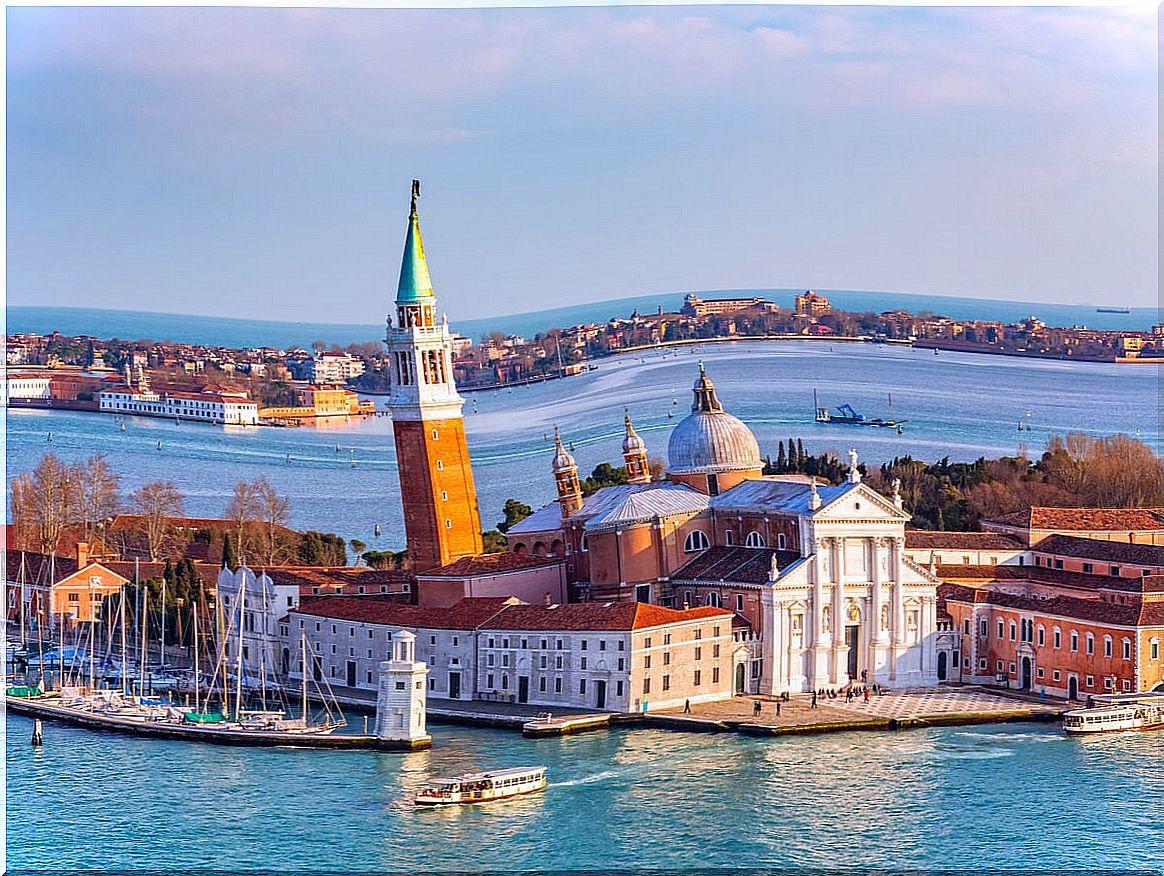
San Giorgio Maggiore, which is its full name in Italian, is one of the islands of Venice that lies east of the Giudecca and south of the main group of islands. It is surrounded by the Canale della Grazia , Canale della Giudecca , Canale di San Marco and the southern lagoon.
This island is believed to have been occupied in Roman times; After the founding of Venice, it was called Insula Memmia by the Memmo family, who owned it. Back in the year 829, it had a church consecrated to Saint George ; hence it was called San Giorgio Maggiore .
Later, the Benedictine monastery of San Giorgio was established in 982, when the Doge Tribuno Memmo donated the entire island to a monk, Giovanni Morosini. After that, the monks drained the marshes of the island near the church, and that was how they got land on which to build.
San Giorgio is now best known for its Basilica of San Giorgio Maggiore, designed by Palladio and begun in 1566.
The charms of San Giorgio
San Giorgio Maggiore is a church of Catholic worship with the category of a basilica that is part of the monastery of the same name. Both were built by the Vicenza architect, Andrea Palladio, and are among his most outstanding works.
Among the treasures that this church houses, the last paintings that Tintoretto painted are preserved, such as The Last Supper (1592-1594), The Collection of Manna (1594) and The Deposition (1592-94). The first two are on the walls of the presbytery, and the last in the Chapel of the Dead.
Another of the most famous places on the island is The Giorgio Cini Foundation, founded in 1951 at the behest of Vittorio Cini, to remember his son Giorgio, who tragically died on August 31, 1949 in a flight accident in Cannes.
Today, the Giorgio Cini Foundation is an internationally renowned cultural institution that continues to be inspired by its original vocation. Likewise, it stands out for being a study center and a place for meeting and discussing contemporary issues.
A place to get lost
This phrase applies perfectly to this place, since the island of San Giorgio also houses the Borges Labyrinth, which was built in 2010 and inaugurated in 2011. For centuries it was the home of Benedictine monks, and today it is the headquarters of the Cini foundation.
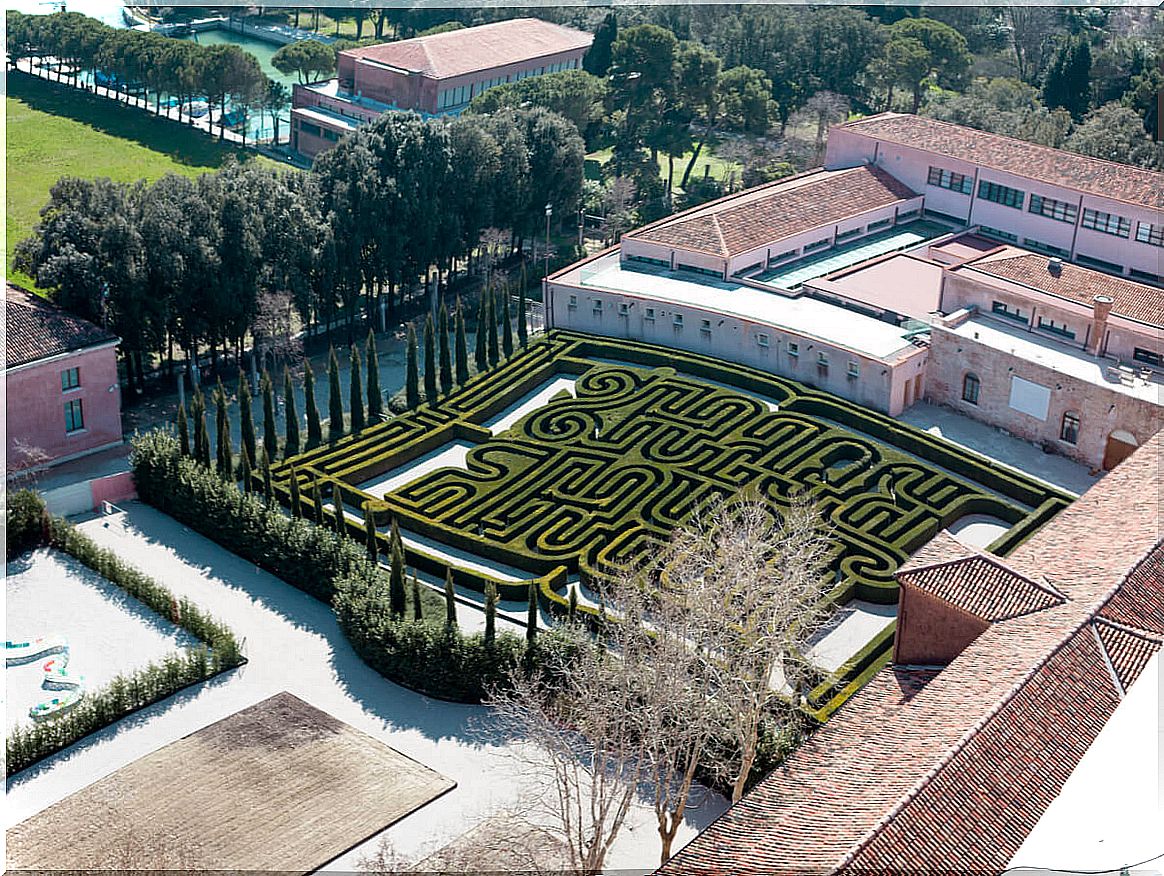
Its inauguration coincided with the 25th anniversary of the death of the Argentine writer, who deeply loved the lagoon city. The labyrinth can be visited every day of the week, but only through guided tours.
Silence reigns in this very special place, but it is also the ideal symbol to represent fear and hope, since each labyrinth has a logic to get lost and find the way out.
In its limited territory, this island of San Giorgio is also home to The Green Theater, an open-air theater located in the island’s gardens. This was originally designed in 1952 by Luigi Vietti and Angelo Scattolin and was built with replacement materials not used in a previous restoration of structures on the island.
A box of chocolates
Basilicas, landscaped labyrinths, open-air theaters, museums, cafes and cultural galleries… This is San Giorgio, a small box of chocolates that brings together the best places to visit in a very small space. You can not ask for more!
Do not miss the charms of San Giorgio Maggiore on your next trip to Italy, because whatever you do, Venice will make you fall in love.
